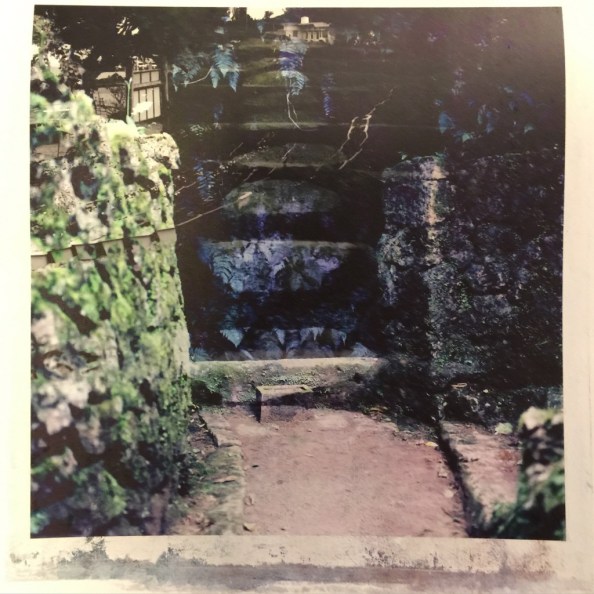Thursday I went in to the studio before my work shift started, intent on making one large plate. Maybe a print too, but for sure a plate.
I cleaned the plate maker, clean glass, new transparency.
Deep breath.
Light coating of baby powder on the plate and giving the vacuum table time to run and settle before flipping it over for exposure.
62 light units for the aquatint screen.
3.7 light units for the image.
One of the students followed me into the darkroom to watch the plate develop.
15 seconds of just water swishing. 40 seconds of brush washing. Blotted dry with smooth newsprint.
“I’m so excited!!”, the student watching said.
Yeah, me too.
I dried the plate. Time for post exposure. This time I taped it to the outside of the glass so nothing could stick to it.
“Are you going to print it!?”, I’m asked. Looking at the clock, I have just enough time.
I ink it, and pull one print before I am scheduled to work.

It is the best print I have gotten since starting this project with this medium and this plate burner. No, it isn’t perfect, there are areas I want to tweak, and make a new transparency and a new plate and try again. But this is the first that doesn’t have the spots, the splotchy-ness, the fuzzy edges, the uneven exposure. I know the steps, I know what I have to do. Now I just need to work on the images.
Stay tuned! Those are coming!



















